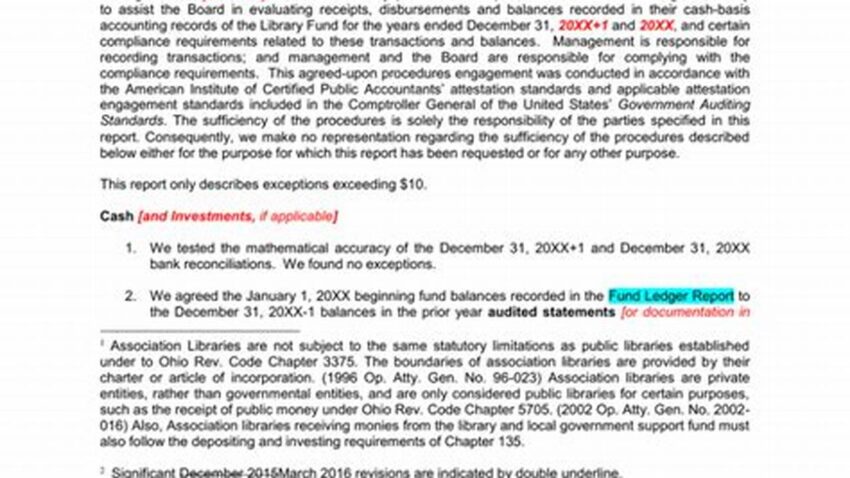Service Level Agreements (SLAs) for uptime are crucial for establishing clear expectations and responsibilities regarding system availability between service providers and clients. A formal, documented SLA protects both parties and ensures a shared understanding of performance standards and remedies in case of service disruptions. Identifying the correct document containing this agreement is essential for effective management and enforcement of these expectations.
Defining Availability
Clearly defined metrics for measuring uptime are essential. This includes specifying the calculation method and acceptable downtime windows.
Guaranteed Uptime Percentage
The SLA should state the guaranteed uptime percentage, typically expressed as a percentage over a specific period (e.g., 99.9% monthly uptime).
Performance Monitoring and Reporting
Methods for monitoring and reporting uptime performance, including frequency and reporting mechanisms, should be clearly outlined.
Compensation for Downtime
The document should specify the compensation or remedies offered to clients in case the guaranteed uptime is not met.
Exclusions and Exceptions
Clearly defined circumstances that are excluded from uptime calculations, such as scheduled maintenance or events beyond the provider’s control, are necessary.
Escalation Procedures
The document should outline the process for escalating issues related to downtime, including contact information and response time expectations.
Security Measures
Details on security measures implemented to protect against threats impacting uptime should be included.
Review and Amendment Process
A process for reviewing and amending the agreement over time should be established to adapt to changing requirements.
Governing Law
The legal jurisdiction governing the agreement should be clearly stated.
Tips for Locating the Agreement
Check contract documents: Review the main contract and associated appendices.
Online portals: Access client portals or service provider platforms.
Communication records: Search email exchanges or other communication logs.
Contact support: Reach out to the service provider’s support team for assistance.
Frequently Asked Questions
What if the SLA document cannot be located?
Contact the service provider immediately to request a copy. If unavailable, a legal professional should be consulted.
Can an SLA be amended after it has been signed?
Typically, yes, but the process for amendment should be outlined within the original agreement.
What are the consequences of not meeting the agreed-upon uptime?
Consequences are outlined in the SLA itself and can range from financial compensation to service credits.
Are there industry-standard uptime percentages?
While some common targets exist (e.g., 99.9%), the appropriate uptime percentage depends on the specific service and industry.
How often should SLAs be reviewed?
Regular review, at least annually or as business needs evolve, is recommended.
Locating and understanding the document containing the uptime SLA is vital for both clients and service providers. This clarity fosters a strong business relationship built on transparency and accountability, leading to a more reliable and predictable service experience.

